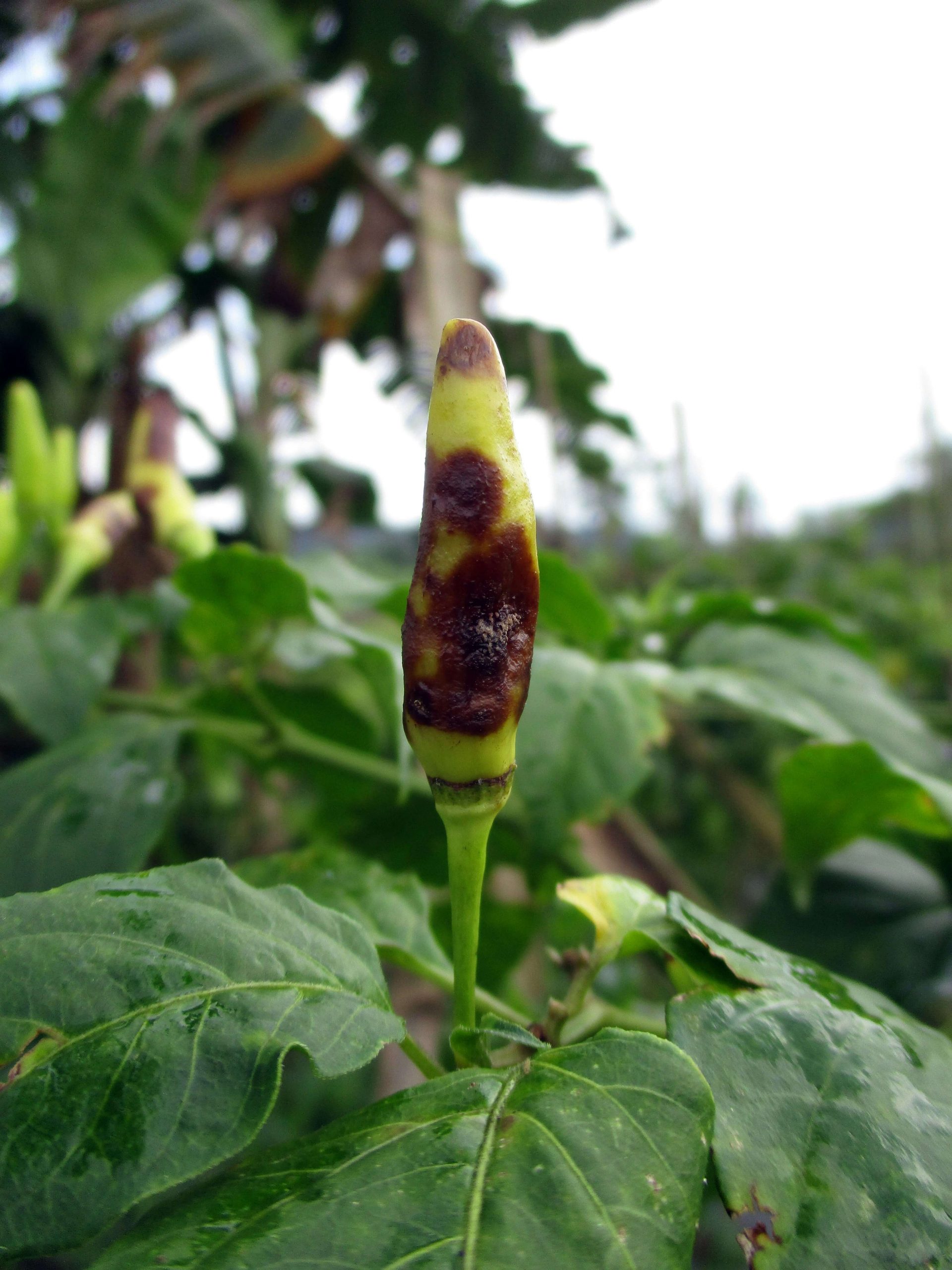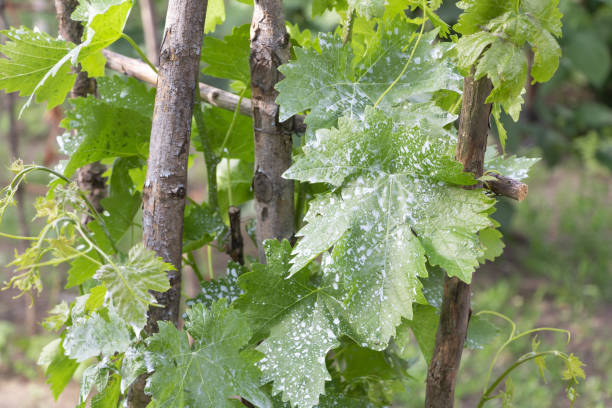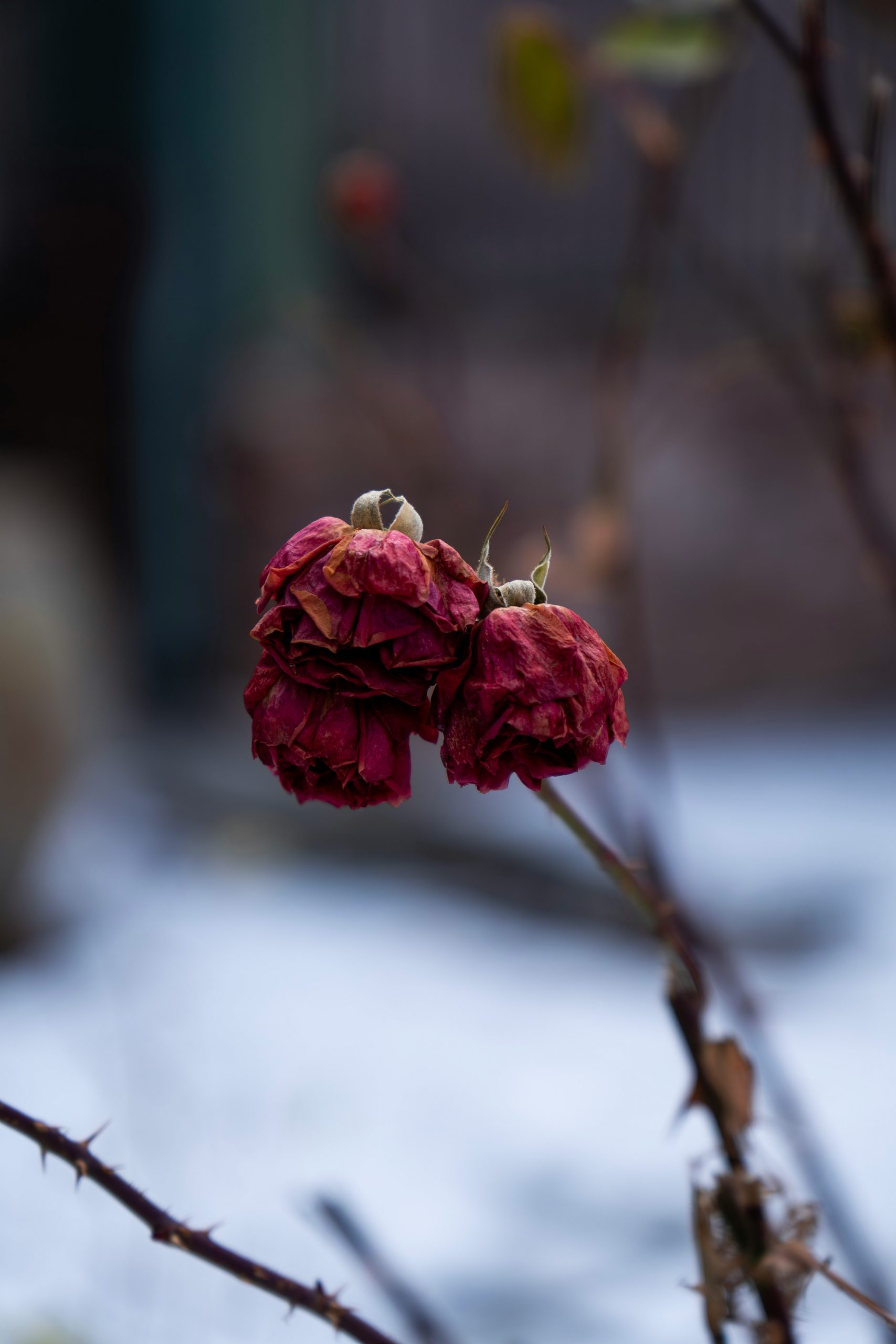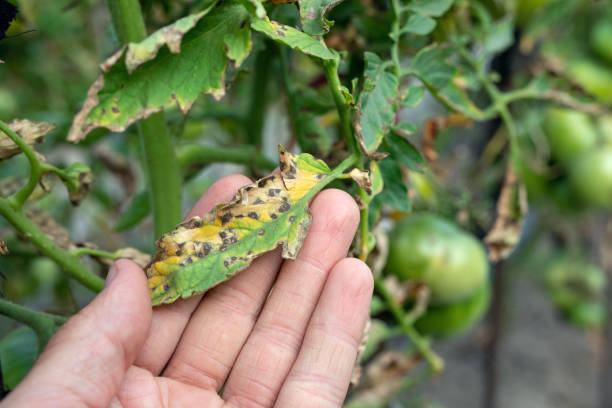Fungal infections can be devastating for your valuable plants. Plant fungus is a common issue that many gardeners face. Here is a list of common types of fungi to help you identify them when they appear in your garden.
Black spot
You can easily recognise this fungal issue by the appearance of black or brown spots on your plant’s leaves, which can cause them to drop off. This fungus is commonly found in roses, and any gardener who grows roses is likely familiar with it. The spots can sometimes merge to form larger patches on the upper surface of the leaves. If your plants become infected, it’s important to remove and dispose of the affected leaves. Alternatively, you can use fungal sprays to help prevent the fungus from returning.

Image Credit: Unsplash
Downy mildew
Downy mildew thrives in cool, moist and damp conditions and tends to affect young plants. The mildew attacks the leaves and other parts of your plant that grow above-ground. Several strains of mildew can cause different reactions in different plants. It is commonly noticeable by the leaves and stems turning yellow. In some plants, downy mildew can prevent them from flowering. You can treat the mildew by removing and destroying the infected parts of the plant as soon as symptoms appear.

Image Credit: Unsplash
Blight
You’ll know your plants are affected by blight from the brown, discoloured leaves that begin at the edges. Leaves will tend to dry and curl inwards. Blight can be a serious fungal infection, infecting your veggies, such as tomatoes or potatoes. It can destroy the crops or make them inedible, causing a loss of crop production. If you do find blight on your plants, carefully remove and destroy any infected areas or manage them by using an organic soil conditioner.
Rust on leaves
One of the simplest diseases to identify on your plants, because it looks just like rust forming on your plants. What’s better about rust is that each type is specific to one plant; it won’t spread across your garden. You should still control it by removing and destroying any infected parts of your plant.
Wilting
Affecting a wide range of plants, you’ll know it by the wilting of leaves, which can turn yellow or brown. Wilting happens gradually and can be caused by different reasons. These range from simply drying out to being attacked by a fungal disease that prevents the roots from absorbing water, causing the wilt. Sometimes, overwatering can cause further wilting.

Image Credit: Unsplash
To keep your plants healthy, you have to know what diseases affect them and always pay attention to any signs of unhealthy plants.
ALSO SEE: HOW TO TREAT LEAF SPOT ON YOUR PLANTS
Feature Image: Pexels


